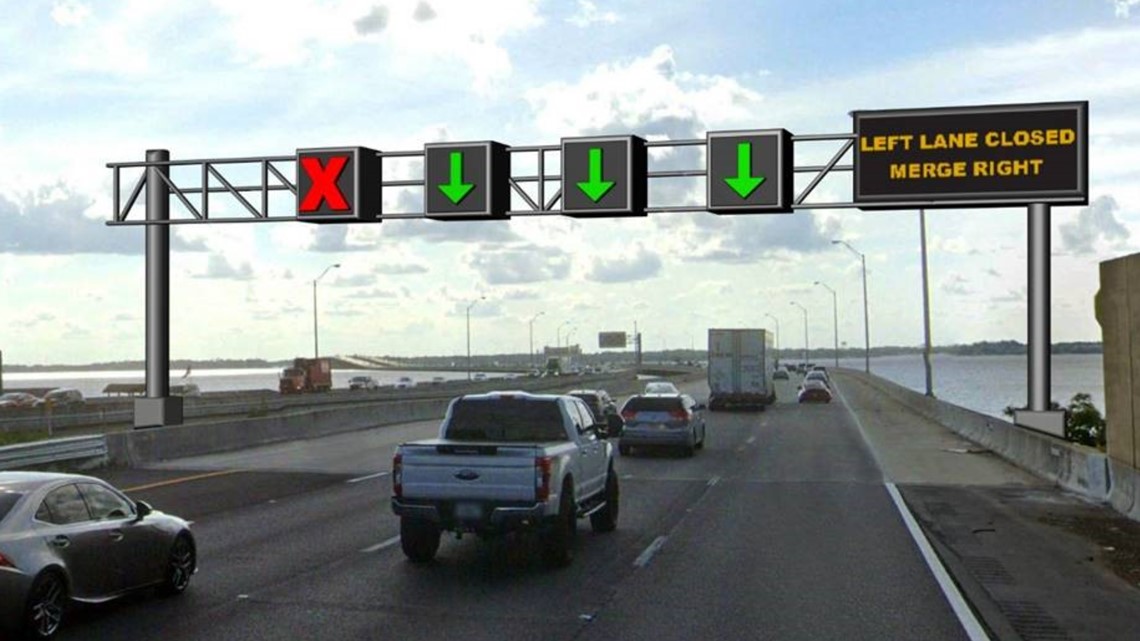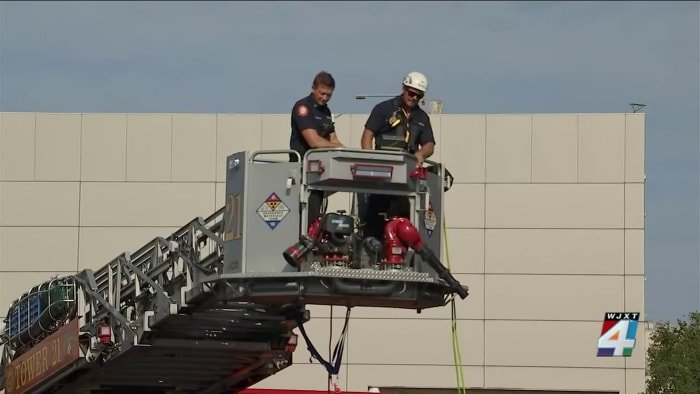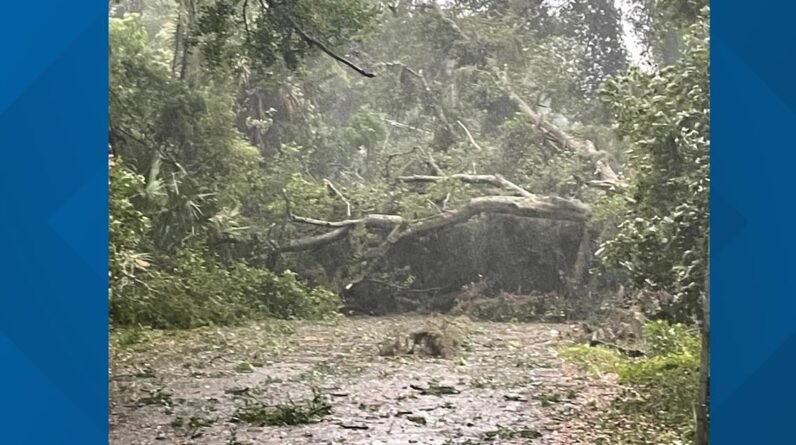
Heather Villarruel asked First Coast News what the new electronic signs on the Buckman Bridge are used for. Here’s what Florida Department of Transportation says.
JACKSONVILLE, Fla. — Most times, you’re probably cruising, just listening to music or clearing your mind on a drive down I-295, traveling to get to Jacksonville’s Westside or Southside. But other times, you may ask yourself: “What are those electronic signs being used for?” while crossing the Buckman Bridge in Jacksonville.
That question, among others, is what Heather Villarruel asked First Coast News Monday.
Florida Department of Transportation spokesperson Hampton Ray says the installation and eventual usage of the signs, are part of an ongoing $10.5 million construction project for the bridge. The signs are an “active traffic management tool” that will allow drivers to be alerted on what’s to come ahead on the bridge that sees 128,500 vehicles cross daily, according to FDOT.
“Basically what drivers can expect to see when the signs are fully operational, would be an ‘X’ on the sign, on if there’s a lane close for instance, or a green arrow on the sign on the lane, if the lanes are open,” Ray told First Coast News. “And on the side of the signs, you can actually pose messages as to reducing the speed limit, to help encourage traffic flow along the corridor.”

FDOT says drivers should expect the signs to be operational by springtime, barring “weather and unforeseen circumstances,” as electronic components have caused a delay in finishing the project.
“As with the rest of the world, supply chain challenges are still impacting the area as well as construction,” Ray said. “So right now, the crews are still waiting for signal cabinets to be installed as well as some additional conduit associated with that. So, once those go in, the project should be pretty much operational at that time.”
Another question posed by Villarruel was: “Is any taxpayer’s morey being used to install these signs?”
“It is a construction project for the Florida Department of Transportation, so that project is funded with taxpayer dollars, yes,” Ray said.
In addition to the overhead electronic signs, FDOT says more cameras were added on the bridge as well as the verbiage to existing signs were changed to “enhance safety overall.”







